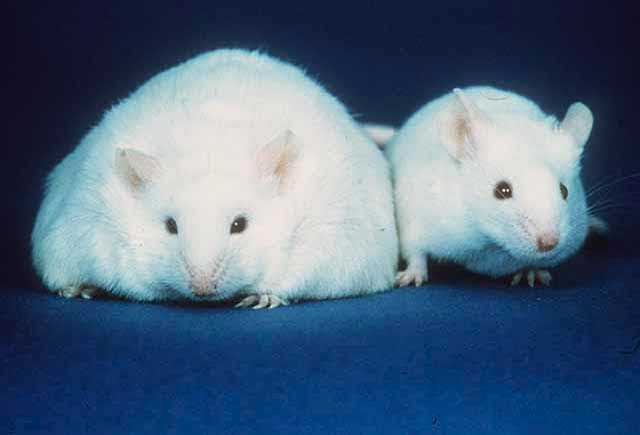Media release
From:
A gut bacterium may regulate sugar cravings
A gut bacterium that may be associated with reduced dietary sugar intake is reported in a Nature Microbiology paper. The findings, which are based on analyses of humans and mice, could aid the development of therapies to manage obesity and metabolic diseases, such as type 2 diabetes.
Animals are biologically hardwired to crave sugars, but unmanaged sugar preference can lead to high sugar intake, resulting in high blood glucose and increased risk of metabolic diseases. Previous research suggests that our cravings for different foods originate from signals sent to the brain from the gut, a key organ in transmitting dietary preferences. However, the regulation of sugar cravings is a complex process, and the role of gut microbes is unclear.
Xinmiao Liang, Yong Chen, Shenglong Zhu and colleagues analysed the blood of 18 mice with induced diabetes and 60 patients with type 2 diabetes and compared them with healthy controls (including 24 human controls). They found that diabetic mice and humans had reduced levels of FFAR4 in the blood, a protein that activates the secretion of GLP-1 (a hormone that regulates blood sugar and appetite). The researchers observed that lower levels of FFAR4 in mice were associated with a higher preference for sugar. They also found that reduced levels of FFAR4 decreased the intestinal abundance of the gut microbe Bacteroides vulgatus and its metabolite pantothenate. In mouse models, Zhu and colleagues found that pantothenate was responsible for the secretion of GLP-1 and subsequent secretion of FGF21, a liver hormone that acts directly on the hypothalamus, which is the brain region that controls feeding behaviour. They verified this complex gut–liver–brain connection by feeding diabetic mice pantothenate or colonizing them with B. vulgatus, which were both found to significantly decrease their sugar-seeking behaviour.
Further clinical research is needed to investigate this gut–liver–brain axis as a target for therapies that may help manage metabolic diseases, the authors note.



 International
International


